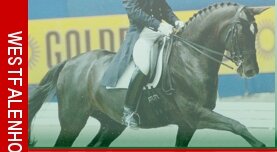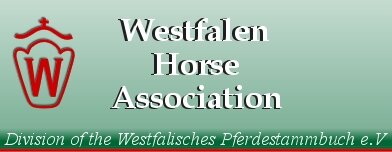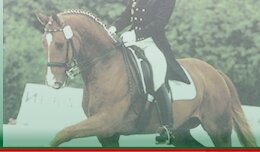


 |
 |
 |
|||
|
Westfälisches
|
Counting Rhythm: One-Two, Eye Up, and Straight LinesWhen you focus on counting rhythm, you’re laying the groundwork for solid musicianship. Techniques like the “One-Two” pulse, keeping your “Eye Up,” and imagining “Straight Lines” connect your mind and body with the music’s pulse. These methods aren’t just about playing the right notes; they help you listen, watch, and react more effectively within any ensemble. But what happens when these elements work together? The next steps might surprise you. Understanding Time Signatures and Basic RhythmsA comprehensive understanding of time signatures and basic rhythms is essential for effectively reading and performing music. At the beginning of a musical piece, a time signature, such as 4/4, 3/4, or 2/4, denotes the number of beats within each measure. For instance, in a 4/4 time signature, there are four beats per measure, with each quarter note representing one beat. The durations of other notes are defined relative to this: a whole note spans four beats, a half note two beats, and each eighth note accounts for half a beat. To accurately keep track of eighth notes, musicians often use counting methods such as “1 and 2 and 3 and 4 and.” This structured approach to rhythm is fundamental for musicians, facilitating clarity and consistency in performance. Mastering Note Values and RestsMastering note values and rests involves a precise understanding of the duration of each note and the corresponding silence in a measure. In 4/4 time, a quarter note comprises 1 beat, which means that two half notes, each lasting 2 beats, collectively fill the measure. A whole note occupies the entire measure with a duration of 4 beats, leaving no space for additional notes or rests. Eighth notes provide further rhythmic complexity, as a total of eight can fit within a single measure of 4/4, enhancing the variety of rhythm patterns. Similarly, rests serve as essential components of musical structure rather than merely silent intervals. For example, a quarter rest signifies a full beat of silence, corresponding directly to the duration of a quarter note. Dotted half notes, which extend over 3 beats, introduce additional rhythmic flexibility and can create more intricate patterns within a composition. Understanding these elements is fundamental for accurately interpreting and performing musical pieces. Applying the "One-Two" Pulse in PracticeRhythmic stability is essential for consistent musical performance, and the "One-Two" pulse serves as a practical method for internalizing steady timing. During practice sessions, musicians can use a metronome or tap their foot to mark each beat, designating "One" for the downbeat and "Two" to retain flow in two-four time. Vocalists and instrumentalists should count aloud while playing to reinforce the connection between the pulse and their rhythm. To develop a foundational understanding, musicians can begin with basic note patterns, such as quarter and half notes, to see how different notes fit within the established beats. Incorporating clapping exercises while maintaining the "One-Two" count enhances rhythmic accuracy and coordination. This approach contributes to building a reliable rhythmic framework for further musical development. Visual Awareness: The Power of "Eye Up"Maintaining a strong internal pulse is essential for timing, but visual engagement with the conductor or sheet music is equally important for coordinating with the ensemble. The concept of "Eye Up" emphasizes the necessity of keeping eyes vigilant in addition to attentive listening. This practice allows musicians to quickly respond to various cues, shifts in dynamics, and alterations in tempo. By adopting "Eye Up," musicians can become more aware of subtle gestures from conductors or indications within the score. This heightened visual attention can be especially beneficial when navigating intricate rhythms or syncopated sections. Enhanced visual awareness facilitates anticipation of changes in the music, contributing to a more expressive interpretation. Additionally, maintaining eye contact with the conductor fosters greater unity within the ensemble and promotes musical precision. Achieving Consistency With "Straight Lines"To achieve consistent rhythm in music, it's essential to treat each beat as evenly spaced points along a straight line. This approach ensures that every pulse is uniform across measures. A practical method for developing this consistency is to utilize a metronome set at a fixed BPM, which helps maintain a steady tempo. Additionally, counting aloud using a simple “one-two” for each beat reinforces rhythmic accuracy and enhances the understanding of consistent spacing. The use of visual aids, such as staff paper or notation software, can facilitate the understanding of rhythmic structures by providing a visual representation of the straight, continuous lines that define rhythm. ConclusionBy focusing on counting rhythm with the “One-Two” pulse, keeping your “Eye Up,” and imagining beats as “Straight Lines,” you’ll build a stronger rhythmic foundation. Don’t just follow the notes—count out loud, watch your conductor, and visualize every beat lining up evenly. These habits don’t just help you stay on time; they deepen your musical awareness and confidence, whether you’re playing solo or in an ensemble. Start practicing these techniques, and your rhythm will noticeably improve. |